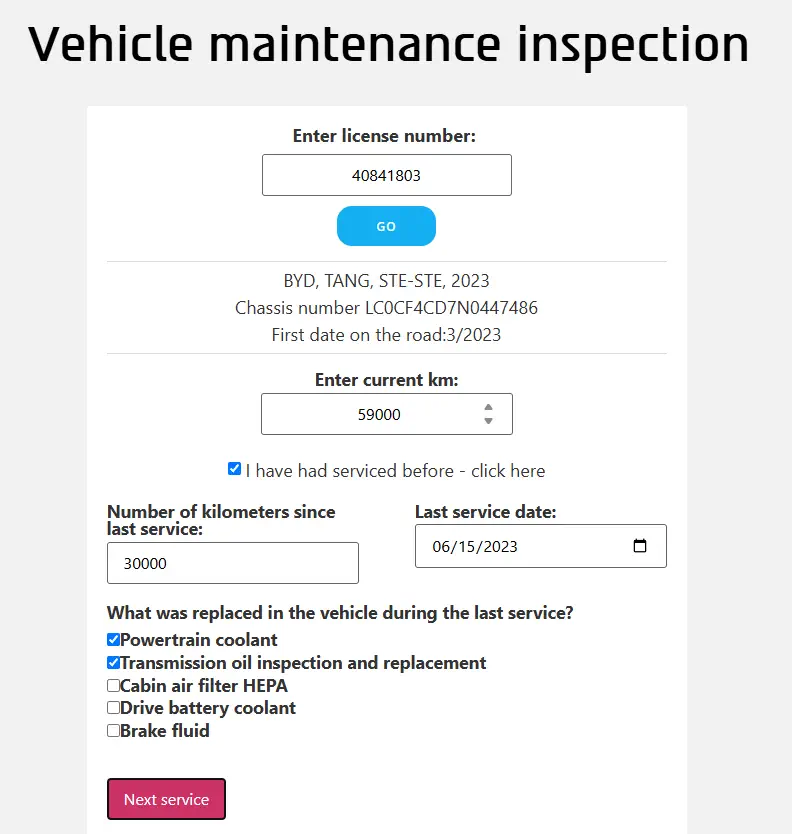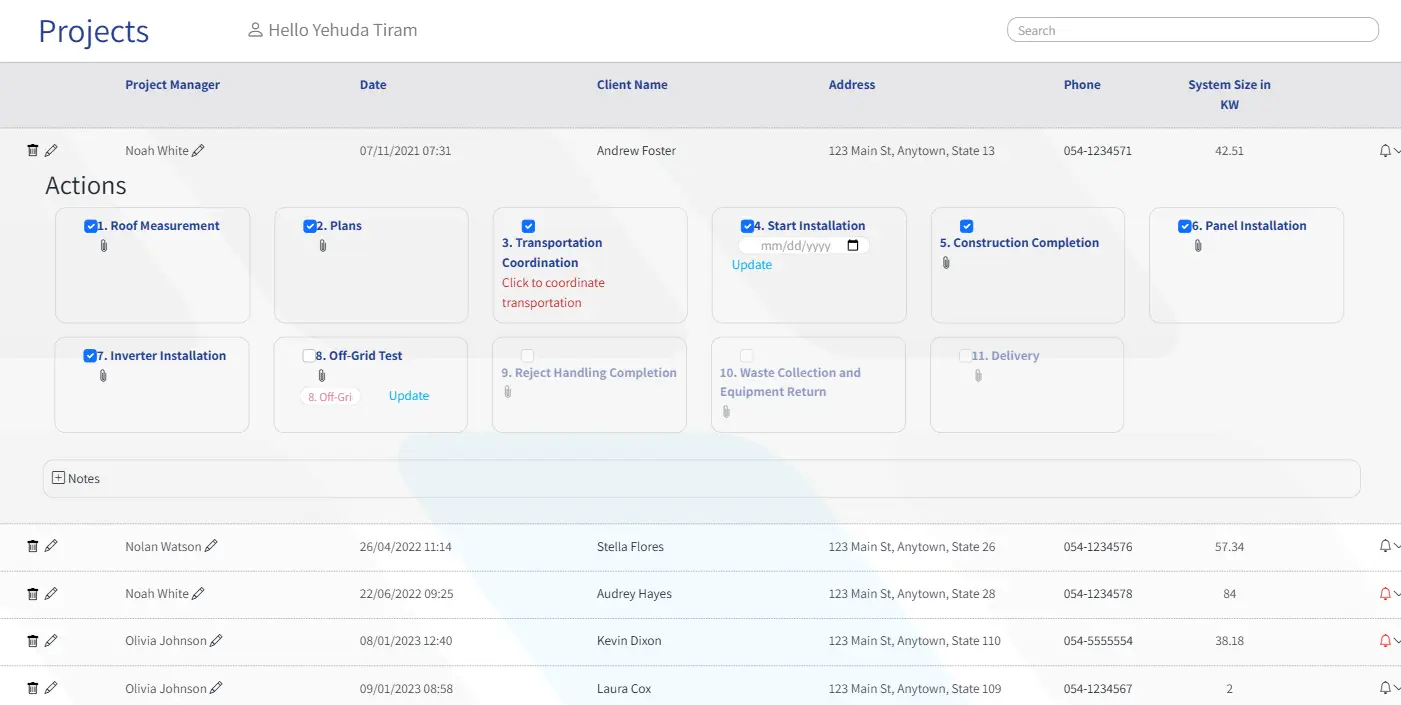Modern websites often function as central hubs, requiring dynamic interaction with a variety of external business software, databases, and services. Our custom API integration development specializes in creating robust connections that automate data exchange, streamline operations, and enhance website functionality by linking WordPress platforms with critical third-party systems. Below are examples of customized API plugins […]
Blog
Blog
WordPress Plugin for Process-Driven Project Management
This plugin provides a robust system for managing projects within WordPress, specifically designed for workflows characterized by multiple interdependent stages and distinct roles. While initially developed and demonstrated for the complex requirements of solar energy system installations (including lead management, licensing, and manufacturing processes), its core architecture supports controlled progression through defined project phases, making […]
Blog
ATR Event-WC Integration
ATR Event-WC Integration: Connecting The Events Calendar with WooCommerce for Managed Registrations ATR Event-WC Integration establishes a direct connection between The Events Calendar plugin and WooCommerce. This enables the administration of events and the creation of corresponding purchasable tickets directly within a WordPress environment. The plugin is specifically designed to support organizations, such as a […]



